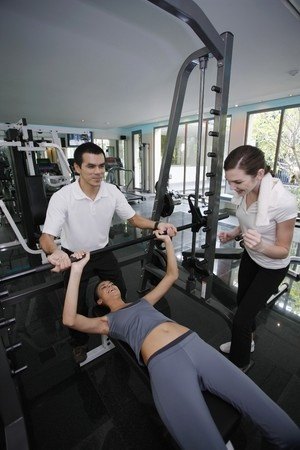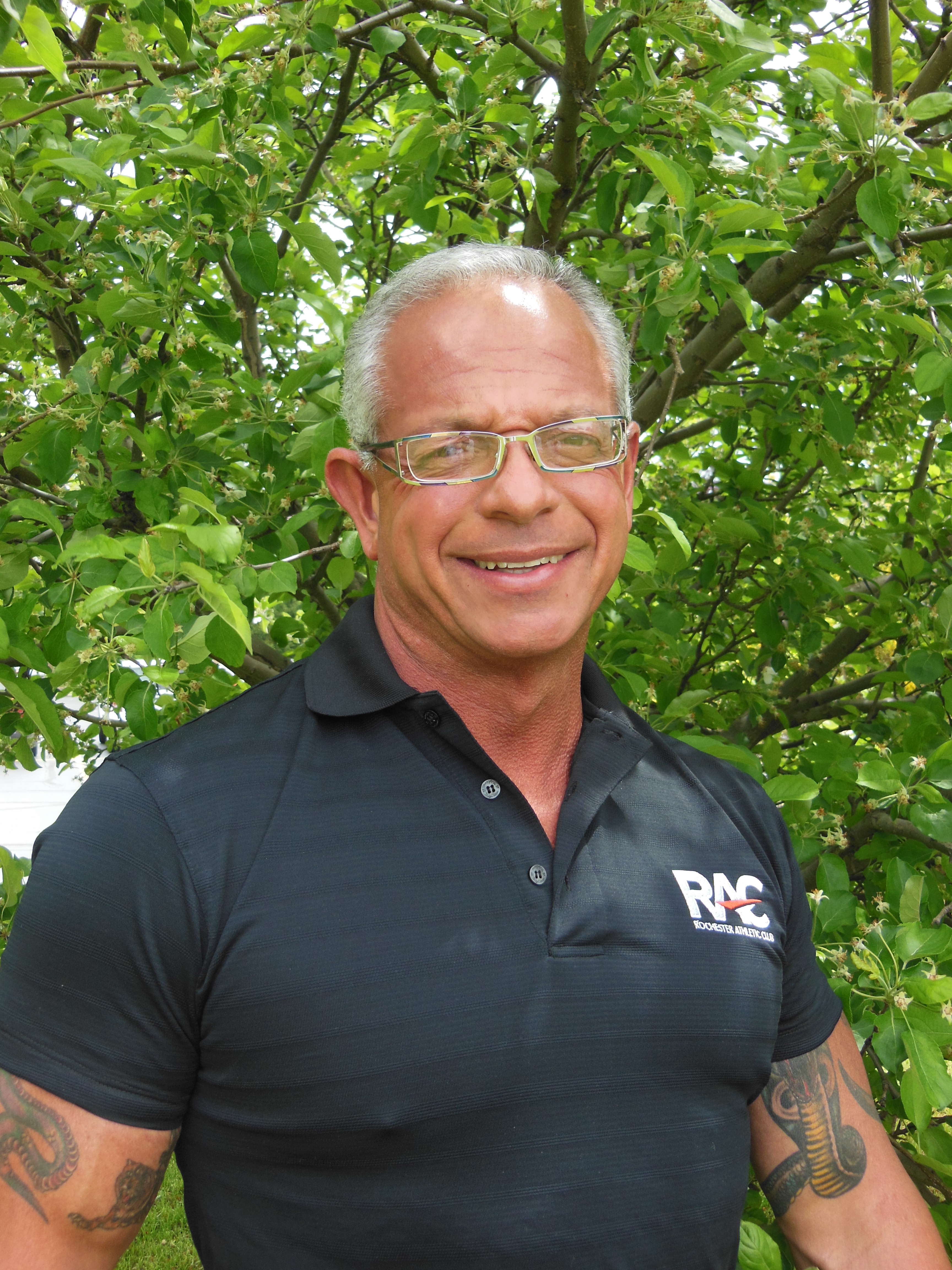Emphasis
The primary muscles stressed in this movement are the chest muscles (lower pectorals). The secondary muscles stressed are the shoulders and triceps.
Starting Positions
While lying on a decline bench set at a 30-45 degree angle, push your chest up toward the ceiling and squeeze your shoulder blades together. This will help to isolate the lower and central muscles in the chest. Using the suggested grip, lift the bar out of the rack with your arms straight up and place it according to its decent.
Movement
Take two to three seconds to lower the bar down to the lower part of your chest until your elbows are at 90 degrees, keeping your elbows out to the side. Press the bar straight up to the starting position, contacting your chest muscles hard during the movement.
Training Tips
- When pressing the bar up to the starting position do not overextend and raise your shoulders off the bench. This will help isolate chest muscles.
Options
There are three different grips that can be used for this exercise. Hand positioning on the bar will be determined by how wide your shoulders are and how long your arms are.
- Medium Grip – In the down position your forearms are straight up and down. This is your power grip, stressing the entire chest.
- Close Grip – Your hands are placed 1/2 to 1 inch closer to the middle than the medium grip. The stress of this grip is laced more toward the middle of the chest.
- Wide Grip – Your hands are placed 1/2 to 1 inch wider than the medium grip. The stress of the grip is placed on the outside of the chest.
Warning Tips
- Do not overextend your shoulders when raising the bar up. Failure to do so can result in serious injury to your shoulders.
- Do not excessively arch your back or raise your hips off the bench. Failure to do so can result in serious injury to your back.
- Do not lower the bar any faster than two to three seconds.You must stay in control at all times during this movement. The faster you perform this movement, the less control you will have which will increase your risk of injury.
 Robert Bovee Certified Master PPT, RTS, ETS, FTS
Robert Bovee Certified Master PPT, RTS, ETS, FTS
As one of the most successful Professional Personal Trainers and Exercise/Fitness Therapists in the United States, Robert continues to remain at the forefront of the industry by providing his clients with a thorough education and the tools to implement that education. By improving his client’s physical health, strength, endurance, cardiovascular fitness and nutritional habits, he is able to motivate them to lead longer, happier and more productive lives. Find out more about Robert and his personal training career and services, here.






